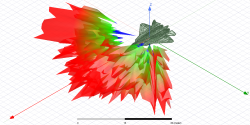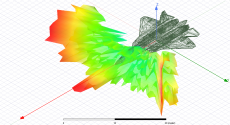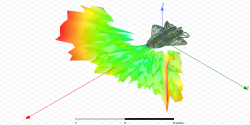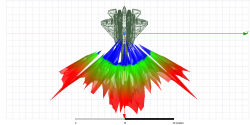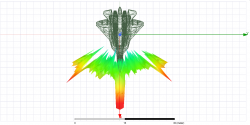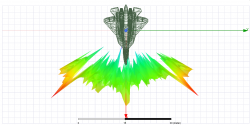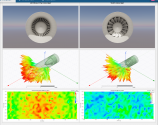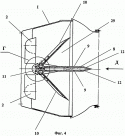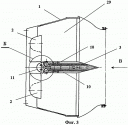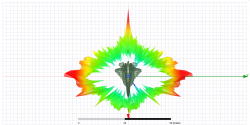So, yeah my "little project" finally "done enough" with some result. This graphics below depicts RCS "before" and "after" application of radar blocker which summarizes the result. X-band (8 GHz) and horizontal polarization.
For methodology and further discussion I detailed it in my SPF post. I would love to describe it here but i ran into limitations on the number of images i can post.
Short conclusion is that the application of Radar blocker succesfully reduces the otherwise menacing spikes from the engine.
Still the result is highly speculative as i dont know the material being used and how the blocker actually positioned within the inlet. There is patent information. It describes the methods of selecting the dimensions and position of the blocker but not how much it can reduce RCS.
For methodology and further discussion I detailed it in my SPF post. I would love to describe it here but i ran into limitations on the number of images i can post.
Short conclusion is that the application of Radar blocker succesfully reduces the otherwise menacing spikes from the engine.
Still the result is highly speculative as i dont know the material being used and how the blocker actually positioned within the inlet. There is patent information. It describes the methods of selecting the dimensions and position of the blocker but not how much it can reduce RCS.

